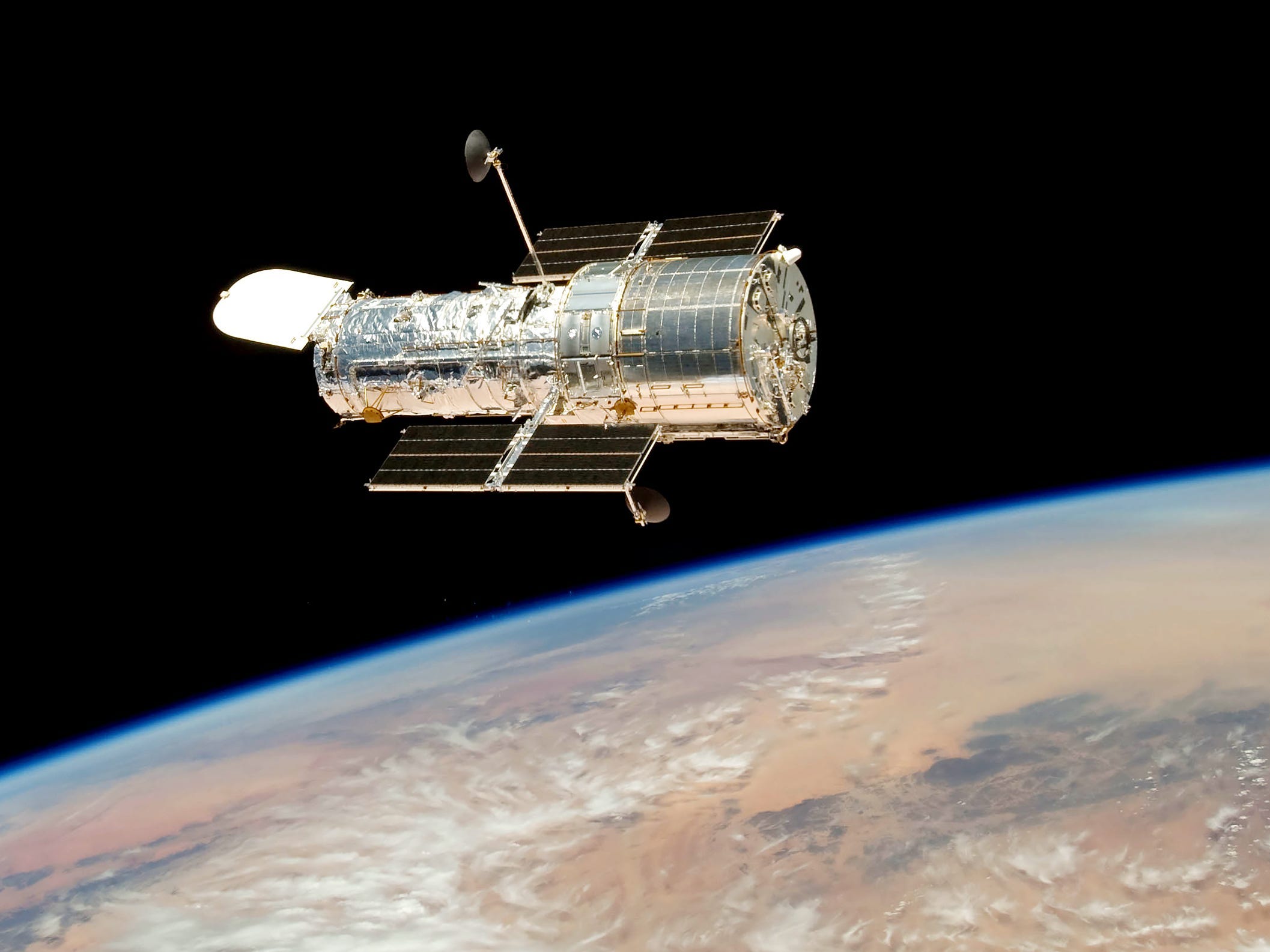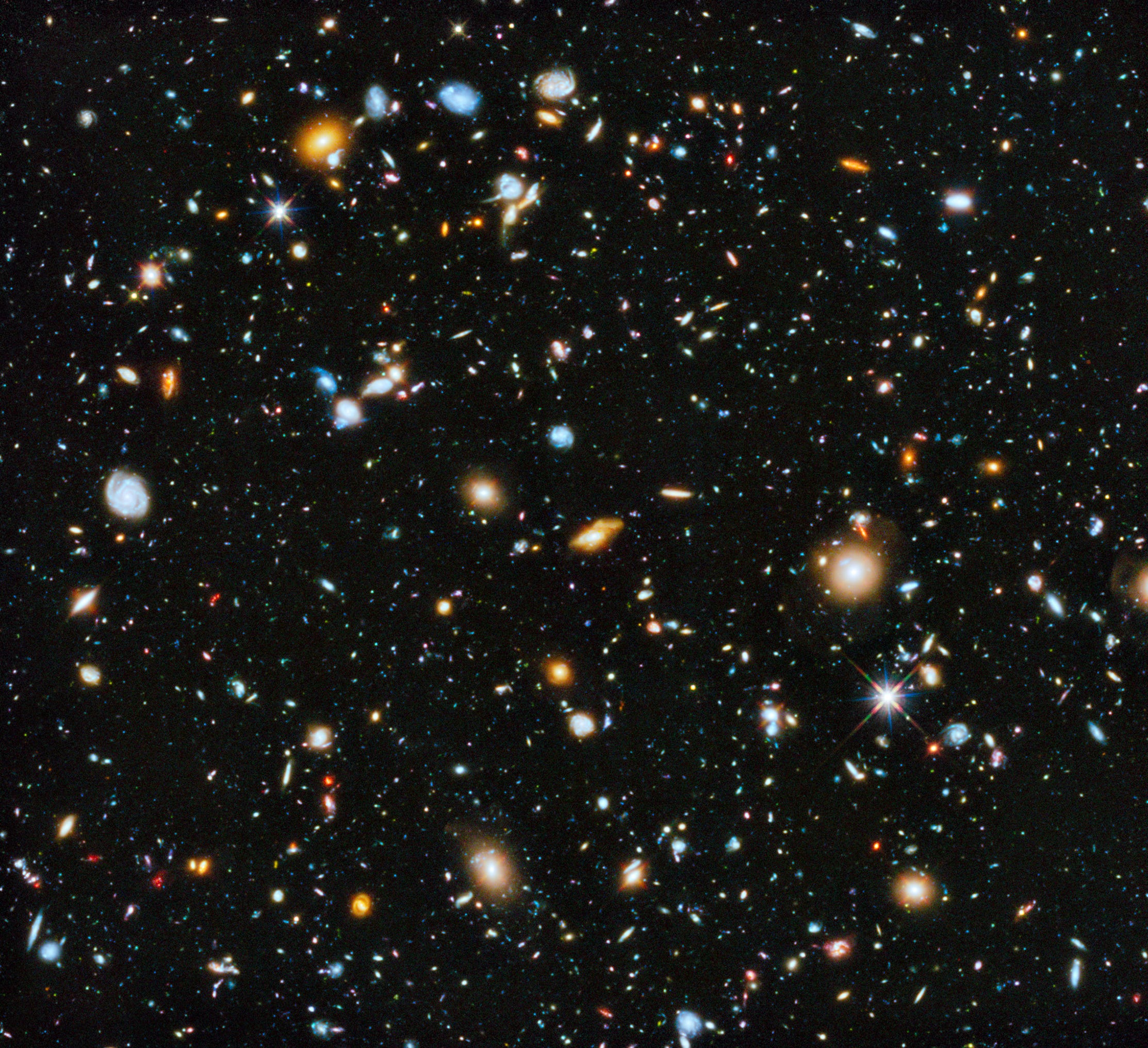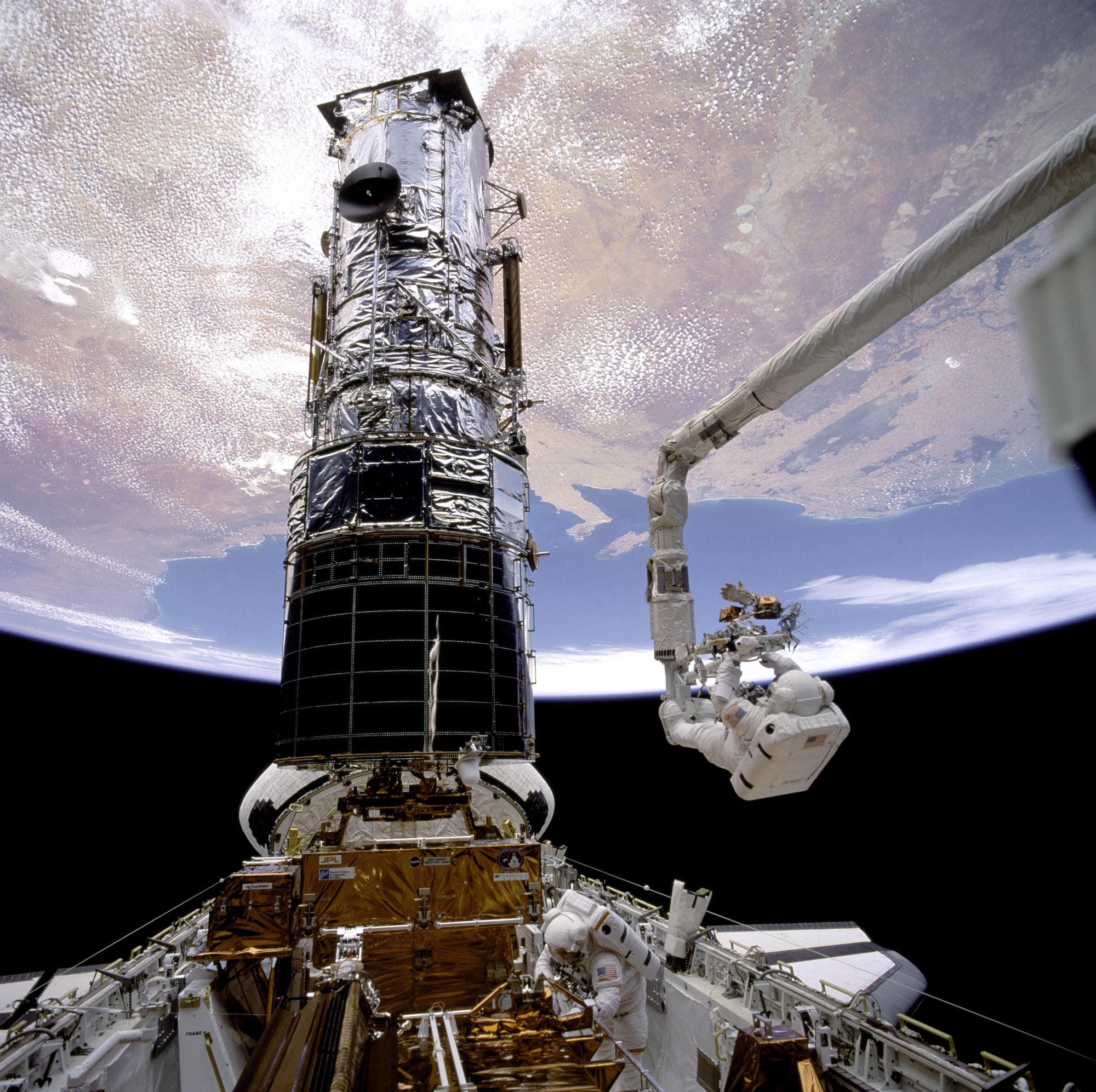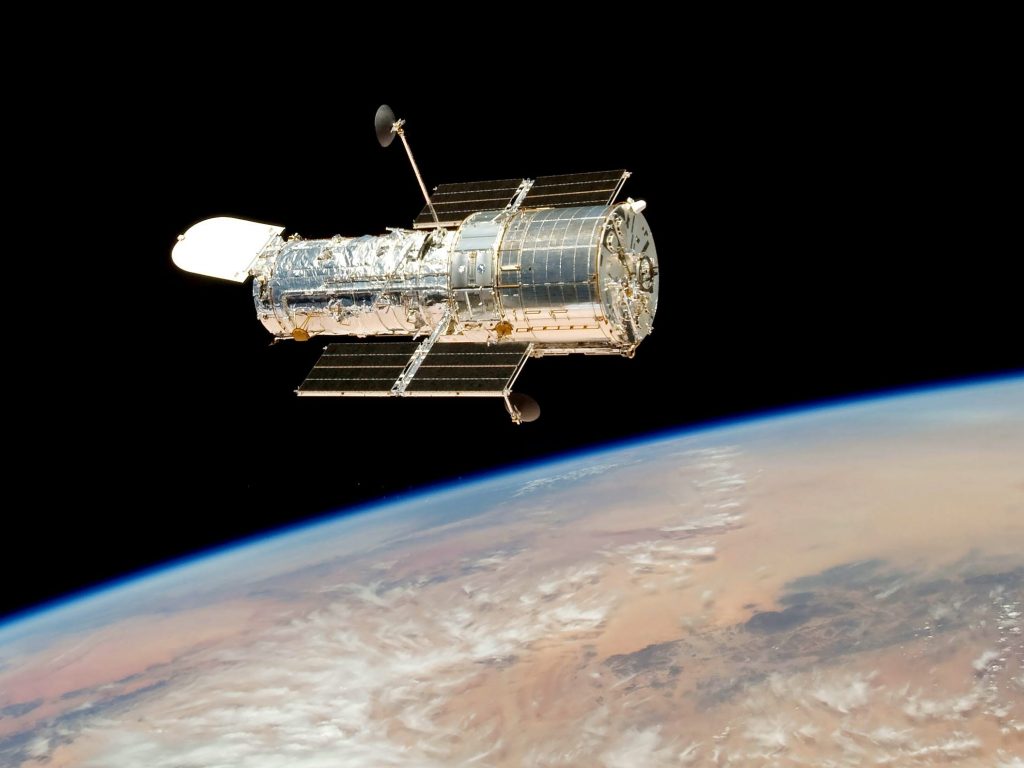
NASA/ESA
- NASA is still trying to diagnose a computer glitch on its prized Hubble Space Telescope.
- After three failed attempts to fix Hubble, NASA has narrowed it down to a computer-processing issue.
- Hubble may have to switch to backup computer hardware that hasn't been powered up since 2009.
- See more stories on Insider's business page.
NASA still hasn't figured out what forced its Hubble Space Telescope offline more than a week ago.
The telescope's payload computer suddenly stopped working on June 13, sending NASA engineers scrambling to figure out the problem. That computer, built in the 1980s, is like Hubble's brain – it controls and monitors all the science instruments on the spacecraft. So the telescope has gone into a hibernation-like "safe mode" while NASA troubleshoots.
The agency has made three attempts to get Hubble's computer working again – in vain. If NASA can't fix the issue, the telescope should be able to switch to hardware on its backup payload computer, but that hasn't powered up since astronauts installed it in 2009. It would take NASA several days to bring the telescope back to its full science operations following such a switch.
Hubble, which launched into orbit around Earth in 1990, is the world's most powerful space telescope. It has imaged the births and deaths of stars, discovered new moons around Pluto, and tracked two interstellar objects as they zipped through our solar system. Hubble's observations have allowed astronomers to calculate the age and expansion of the universe, and to peer at galaxies formed shortly after the Big Bang.

NASA/ESA/H. Teplitz and M. Rafelski, A. Koekemoer, R. Windhorst, and Z. Levay
But Hubble is getting old. None of its parts have been upgraded or replaced since the last astronaut mission to service the telescope in 2009.
In March, a software error also sent the telescope into safe mode. But in that case, NASA fixed the problem within a week. Now, with this mysterious new glitch, NASA has been struggling to get the Earth-orbiting observatory back online for 10 days.
But Paul Hertz, NASA's director of astrophysics, told NPR that the timing can mostly be chalked up to "the inefficiency of trying to fix something which is orbiting 400 miles over your head instead of in your laboratory."
"If this computer were in the lab, we'd be hooking up monitors and testing the inputs and outputs all over the place, and would be really quick to diagnose it," he said.
A NASA spokesperson told Insider that "there are many redundancies available to the team that have not yet been tried, and it is extremely likely that one of these will work."
"Hubble is one of NASA's most important astrophysics missions. It's been operating for over 31 years, and NASA is hopeful it will last for many more years," the spokesperson said. "From a perspective of the value of Hubble to the scientific community, it is still the most powerful telescope available so age is not a decision-making factor."
A computer error led NASA down the wrong path last week
NASA tried, and failed, to restart the malfunctioning payload computer on June 14, the day after Hubble went offline. Initial data pointed to a computer-memory module that was degrading as the potential cause of the problem. So the Hubble team tried switching to one of three backup modules aboard the telescope. But the command to start the new module didn't work.
On Thursday, the Hubble team tried again to bring both the current module and the backup online. Both attempts failed.

NASA
Since then, further testing has revealed that the memory issues were a symptom of the real problem - which NASA still hasn't identified.
Now the Hubble team thinks that the issue is related to the computer's central processing module. NASA said in a blog update on Tuesday that the most likely culprit is either the module itself or some interface hardware that helps the module communicate with other parts of the telescope.
"The team is currently designing tests that will be run in the next few days to attempt to further isolate the problem and identify a potential solution," the NASA blog said.
If that doesn't work, the Hubble team is prepared to switch to the backup computer, which was also designed in the 1980s and has been sitting dormant in orbit for 12 years.
"They're very primitive computers compared to what's in your cell phone," Hertz told NPR. "The problem is we can't touch it or see it."

